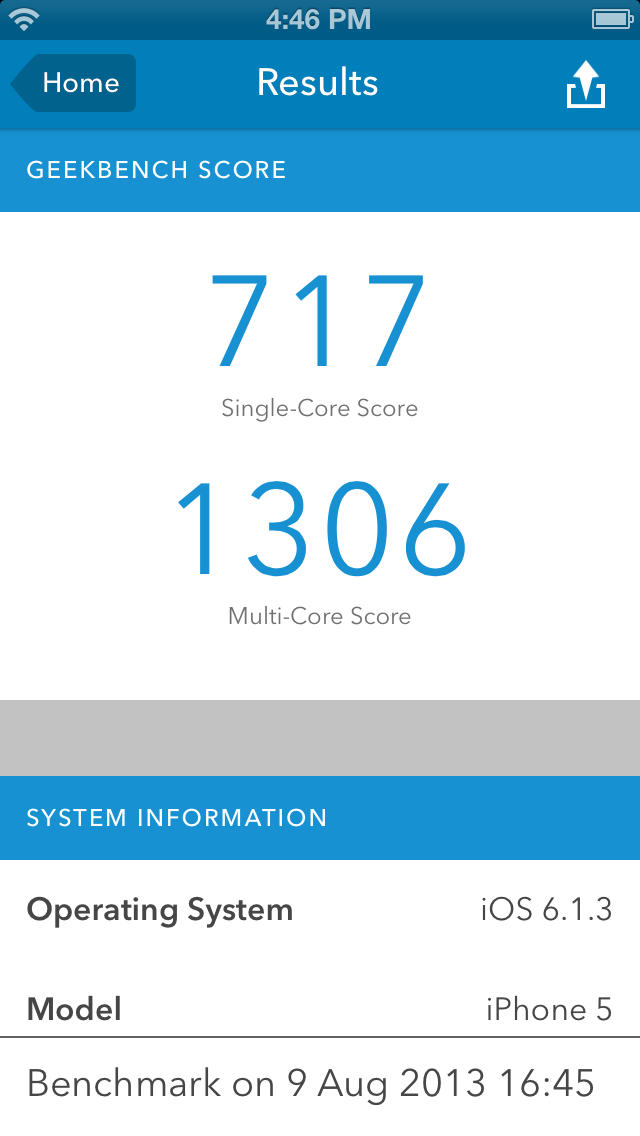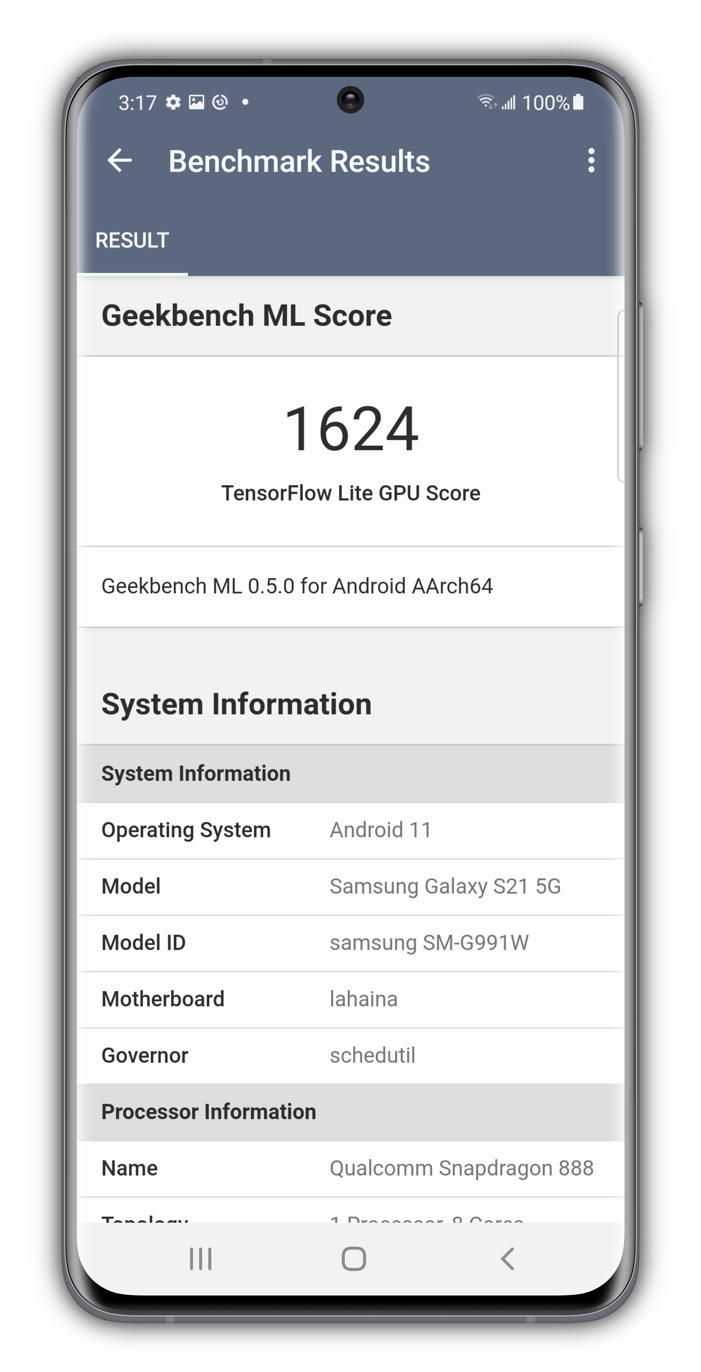
On the flip side, this doesn't necessarily mean that it also has good single-thread performance. Additionally, each program utilizes a CPU's cores and threads differently, so even if you're only running a single foreground task, you might experience worse-than-expected performance, especially on older programs.Ī system generally has good multi-thread performance if it has many threads and efficient task scheduling. At the same time, it can't complete that same task as quickly if its other threads are busy. Again, because the score-to-performance relationship is linear, a CPU with a multi-core score of 4,000 can generally run a task four times faster than a single thread on the i3-8100 if all system resources are dedicated to that task. The baseline score of 1,000 corresponds to the single-thread performance of an Intel Core i3-8100, an entry-level quad-core desktop CPU released in late 2017. We run the test three times, with two-minute idle intervals between each run, then note the average as our result.Īs above, the numerical score doesn't mean anything in itself but is useful in comparisons. However, this test utilizes all available threads on all cores to test how well they perform and schedule tasks among themselves. Like the single-thread CPU benchmark, the multi-thread benchmark score is a weighted result of the CPU's performance while performing cryptographic, integer, and floating point workloads. If a CPU's multi-thread score is excellent, yet its single-thread score is mediocre, workloads will take a while to finish if the system's other threads are under load. This means, generally speaking, if other threads are busy working on background tasks, the CPU can still run main tasks quickly. The higher the CPU's single-thread score, the faster each of the CPU's threads runs tasks dedicated to it. The i3-8100 is more than enough for medium productivity tasks and multitasking, so a laptop that scores lower than 1,000 may still be more than enough for your needs. The baseline score of 1,000 corresponds to the single-thread performance of an Intel Core i3-8100, an entry-level quad-core desktop CPU released in late 2017 because the score is designed to be linear, double the score means doubled performance, half the score means halved performance, and so on. The numerical score doesn't mean anything in itself but is useful in comparisons. We run the test three times, with two-minute idle intervals between each run, then note the average as our result. Each workload type is described in further detail below. The single-thread benchmark score is a weighted result of the CPU's performance while performing cryptographic, integer, and floating point workloads, using a single thread on one core. Keep in mind that a fast CPU and GPU doesn't necessarily mean you'll have a smooth, responsive laptop, as there may be other bottlenecks elsewhere in the system like a slow hard drive or RAM.
#Geekbench browser code#
It'll launch applications, load webpages, and complete heavy tasks like renders and code compiles faster. Generally speaking, the higher the Geekbench score, the faster the laptop feels overall. GPUs have become increasingly prevalent in computation-heavy scenarios like animation rendering, so compute APIs like CUDA have been developed to increase the GPU's efficiency in these tasks. GPUs are designed to perform graphical workloads like rendering video games, but this benchmark measures how well they can perform computational tasks, like dividing large matrices.

Newer versions of Geekbench, including Geekbench 5, also measure the compute performance.

Most modern applications are well-optimized for multiple threads, but if your laptop has good multi-thread performance, you'll also get a smoother experience when multitasking heavily or playing complex open-world video games. A good example would be simulating the motion of a thousand stars around a black hole.

This is in contrast to multi-thread performance, which mostly affects applications that benefit from having other instructions being run simultaneously. Some programs like Adobe Photoshop benefit most from good single-thread performance. Single-thread performance affects scenarios where CPU instructions have to be performed in a very specific order to obtain the desired result, such as physics simulations that calculate the trajectory of one ball after it's thrown. Geekbench also performs these tasks using one or all of a CPU's threads to determine the laptop's single- and multi-thread performance independently. The benchmarks measure how well the CPU performs a wide variety of workloads, mainly in encryption, general-purpose computing, and computationally intensive tasks like 3D renders. Geekbench benchmarks are an easy way to determine the general performance of a laptop at a glance.


 0 kommentar(er)
0 kommentar(er)
